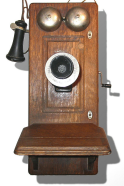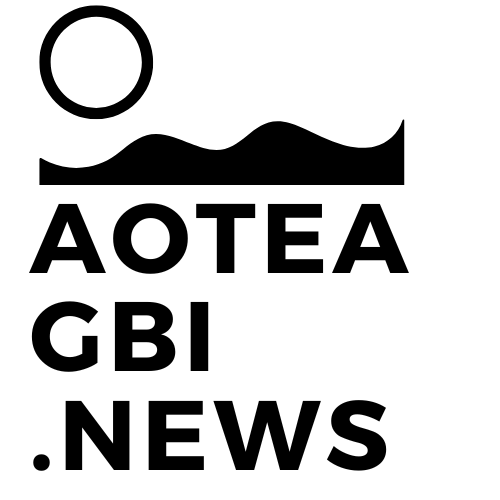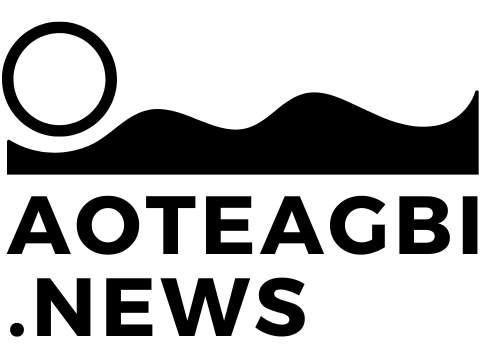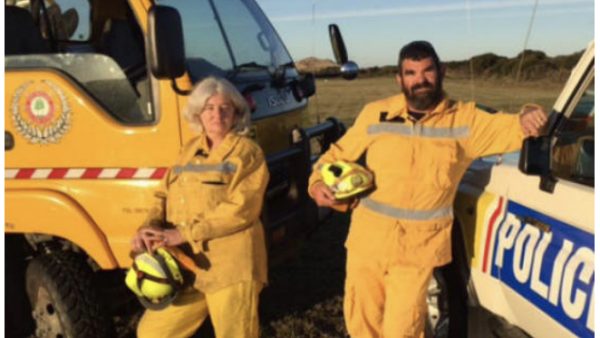In 1908, when the crew on the ship Tutanekai laid a submarine cable from Port Charles to Tryphena, giving Aotea its first telegraph communication with the mainland, little did they realize that this basic link with its archaic system of manually operated switchboards would continue to function until April 1991.
For 82 years, the residents became accustomed to crank-handle telephones, party lines, and Morse code rings. Each household was identified by its own Morse code call, e.g., a long-short-long ring or two shorts and a long. Over the years, the exchange switchboards were served by dedicated operators who were the epitome of patience, coping with much of the monotony and exasperation which was part of the job. Problems always happened when the island was lashed by storms and lines were brought down, or during summer months when large numbers of holidaymakers meant long queues and frayed tempers as they waited to get their calls out.
In the years preceding World War II, a system operated throughout the island whereby residents were forewarned of the Northern Company’s weekly vessel’s progress along the coast. Five rings of equal duration was a signal for all residents to listen to an announcement by Mrs. Eyre that the steamer had departed Tryphena enroute to Okupu and Fitzroy. The following week the order was reversed when Mrs. Cooper of Port FitzRoy would make the call. Human nature being what it is, there were odd individuals who could not resist the temptation to ‘listen into a private conversation, and very often the ‘tell tale’ click could be heard as the hand-piece was removed from its hook and placed against the enquiring ear. Many years of devoted service at the manual exchanges did not go unnoticed in high places, and honors were bestowed in several instances.
In 1953, Ethel Eyre, who had taken over the Tryphena Post Office from the Blair family in 1920, received the Coronation Medal. She in turn handed the manual exchange over to Edna, wife of Tom Blackwell (Jnr) of ‘Ox Park’. In 1975, Freda Cooper, at the Okiwi switchboard, received a New Zealand Post Office Testimonial in recognition of her fifty years of service. In 1981, Betty Daly was awarded the Queen’s Service Medal on retiring from the Post Office and exchange, where she had commenced working on 3 November 1949. Not unlike lighthouse keepers, these operators were often required to furnish daily weather reports. One of the last of a long line of dedicated individuals was Gloria Park of Tryphena, but the doubtful honor of being New Zealand’s last manual toll call operator fell to Pat Cooper of Okiwi, when on 22 April 1991, the Barrier finally entered the age of modern telecommunications.

Pat Cooper made her last toll call to Governor General Dame Cath Tizard moments before a Telecom official snipped the old cables and residents gained access to 24-hour direct dialing to the mainland. An indication of how outdated and restricted the Barrier’s telephone services were before the advent of an automatic system in 1990 is clearly apparent from some observations made in 1975. At the time, the telephone service consisted of six offices—Port FitzRoy, Orama, Okiwi, Awana, Claris, and Tryphena—which were junctioned to Auckland Tolls Exchange by a 5-circuit radio link that operated between Auckland and Port FitzRoy. In addition, there was a separate island circuit that connected the six switchboards with the police and district nurse during ‘after hours’. The normal working hours were 9.00am to 5.00pm weekdays and 9.00am to 11.30am on Saturday mornings, with the exception of Okiwi. An ‘after hours’ service was available on payment of a reopening charge. On some occasions, the switchboards were closed down over the lunch break. There were some progressive individuals, such as George Mason, the local police constable, who, at his own expense and on a voluntary basis, operated a radio-telephone link with shipping in and around Barrier waters.
When the island’s telecommunication system emerged into the modern era, it did so with dramatic suddenness. In three stages during 1990-91, Telecom installed 24-hour direct dial telephone access to the mainland, the overall project costing about $2 million. Designed to give Barrier residents the same level of service as those on the mainland, they received 7-digit telephone numbers and an access and area code of 09. Provision was also made for casual visitors and tourists in that a number of card-phone booths were installed at various points around the island. Telecom’s sole linesman on the island, Kerryn Owen, ensures that the new system functions efficiently, so that in 1992, after some 130 years of permanent settlement, Aotea considered itself on a par with any other rural district of New Zealand insofar as communications are concerned.
At the 2001 Census, 83.3% of households had access to a telephone (96.5% for Auckland City). In February 2013, wireless broadband became live on the island, courtesy of the government’s six-year, $300 million Rural Broadband Initiative (won by a joint tender from Vodafone and Chorus). The RBI is partly funded by a levy on the telecommunications industry and partly through a direct government grant of $50 million.
A wireless broadband tower at Claris (the 31st erected under the public-private RBI) gave fast internet and mobile phone coverage to 210 Great Barrier households and businesses at the southern end of the island, generating its own power via solar panels and a wind turbine. Energy is captured in a large battery system, with two diesel generators providing reliable backup if required.
As with other cell towers erected under the Rural Broadband Initiative, the government covered site acquisition and construction costs, while Vodafone— which operates its Great Barrier Island service on a commercial basis—paid for the electronics. All told, the Great Barrier project cost around $1 million.
The $1 million tower is powered by solar panels, a wind turbine, plus diesel generators as backup. The stripped pole holds a microwave backhaul link for landline networks.
“Better cellphone coverage can potentially help to attract more people [tourists and residents] here,” Prime Minister John Key said at the opening ceremony. Great Barrier receives about 30,000 tourists a year and has 1,000 residents. “People with a job like mine can’t go somewhere and not be contactable,” said Mr. Key, who was flanked by ICT Minister Amy Adams and Auckland Central MP and recent addition to cabinet Nikki Kaye.
Vodafone also has a mobile phone tower, powered by alternative energy, on Kaikoura Island, in the Port FitzRoy harbour.








